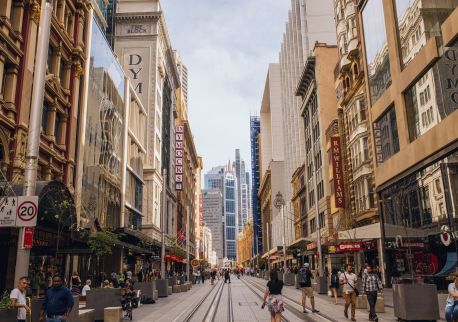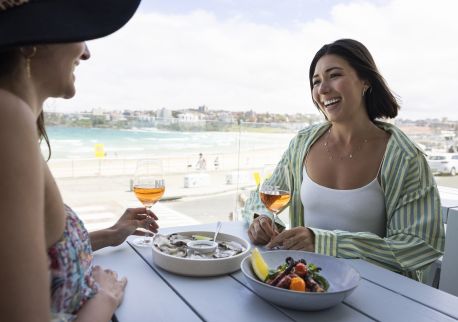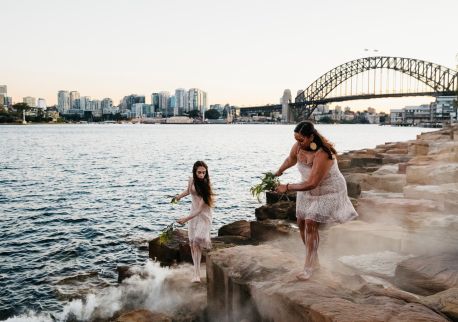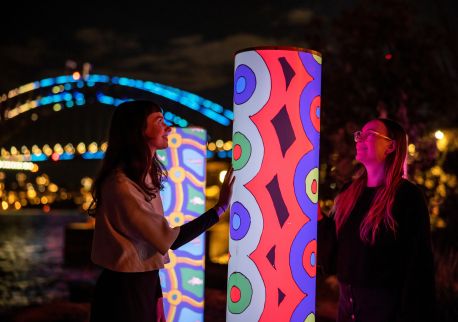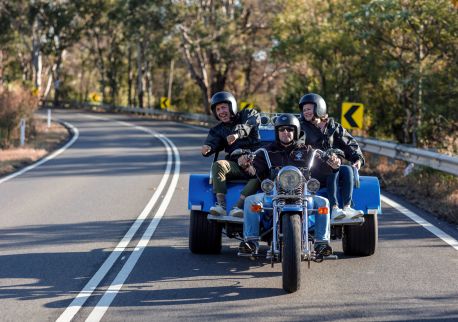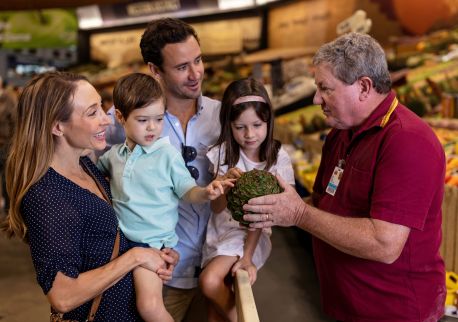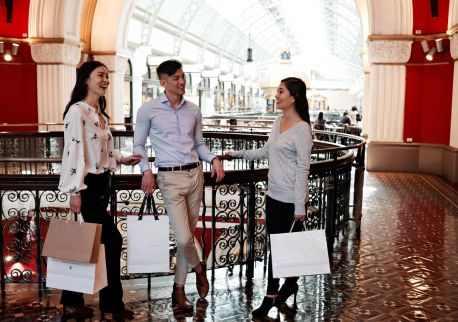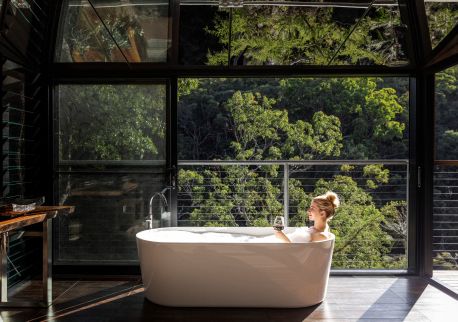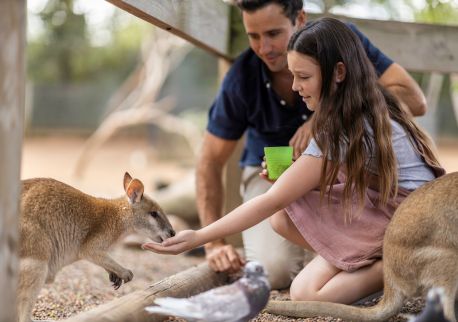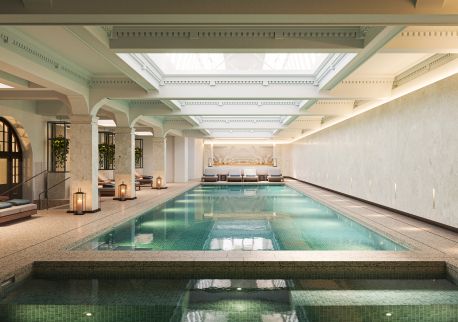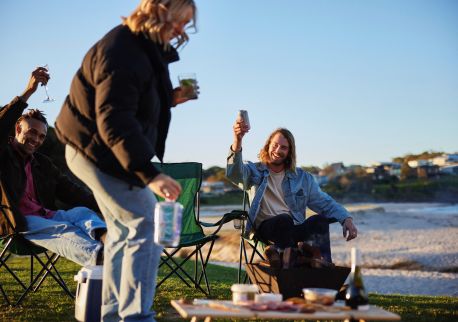Government House Sydney
Highlights
Overview
Government House is one of the finest examples of Gothic revival architecture in New South Wales.
Sydney's first Government House was located in Bridge Street (on the site of the Museum of Sydney) at Sydney Cove, occupied by the first Governor of NSW, Governor Arthur Phillip. The original house served for nearly 50 years as the colony's political, ceremonial and social centre, but it became worn down.
The current-day Government House, completed in 1845, was designed by Edward Blore, architect to William IV and Queen Victoria who worked on Buckingham Palace and Windsor Castle. The Gothic revival style design was influenced by the Governor's Stables, completed in 1821 (now the Conservatorium of Music located at the main entry gates to Government House).
Today, the House holds a significant collection of portraits, furniture, decorative arts and historic memorabilia. Visitors should undertake the tour to see Government House's magnificent State Rooms, the historic works of art that adorn the walls and to experience the opulence of Vice-Regal furniture.
Located inside the Royal Botanic Garden Sydney, the House is the official residence of the Governor of NSW. It was home to 28 Governors from 1845 to 1996, and Australia's first five Governors-General from 1901 to 1914.

